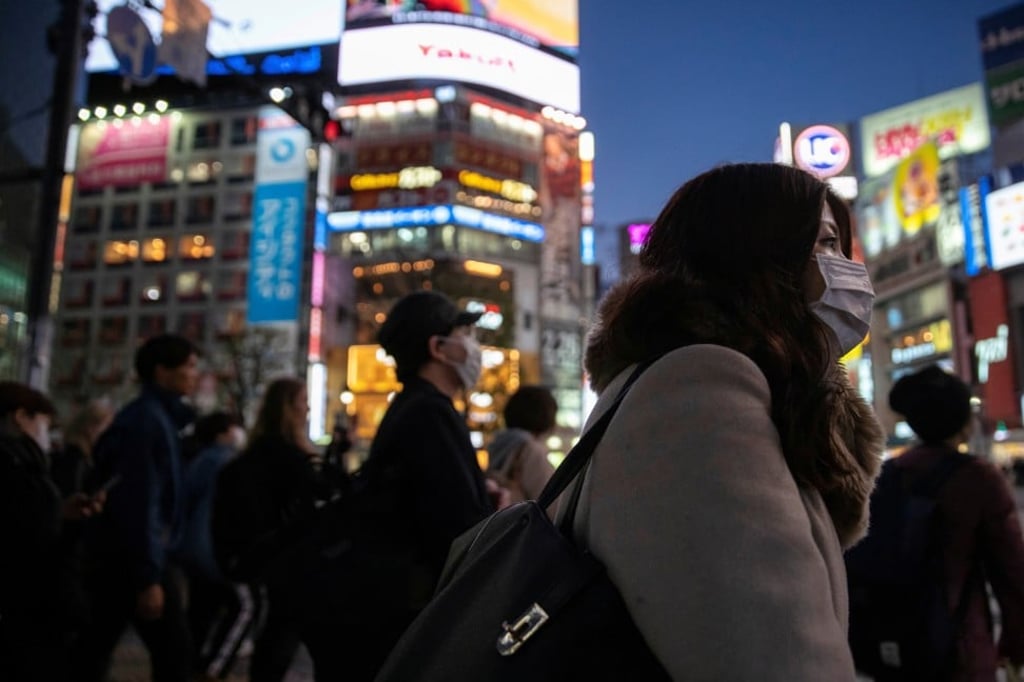Face masks and coronavirus: how culture affects your decision to wear one
- In East Asia, wearing face masks is often seen as a collective responsibility to reduce disease transmission and can symbolise solidarity
- But while epidemic fears could temporarily reduce resistance to masks in the West, changing this deep-seated cultural aspect long-term will be difficult

Panic over the global spread of Covid-19 has seen face masks sold out in stores worldwide, but whether people wear them when they go outside often depends on where they are from.
In East Asia, where memories of the severe acute respiratory syndrome (Sars) outbreak 17 years ago remain strong, wearing face masks when out has become the norm.
Many see it as a collective responsibility to reduce transmission of the coronavirus, with more than 120,000 confirmed cases in more than 100 countries.
But in many European countries and the United States, face masks can be used to racialise and stigmatise those of East Asian descent, including when a Chinese student from Britain’s University of Sheffield was verbally and physically harassed in January for wearing a mask, and a Chinese woman was assaulted and called “diseased” in New York in February for doing the same.
